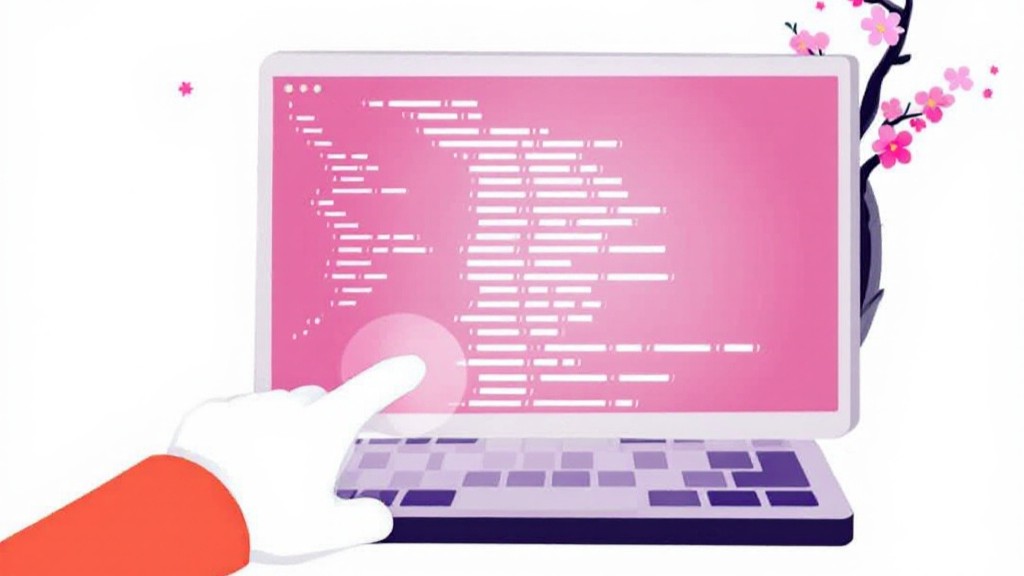Git Cherry-Picking: What It Is and How to Use It



Git is a powerful tool for version control, allowing developers to manage their projects efficiently. One of the many features Git offers is cherry-picking, which allows you to select specific commits from one branch and apply them to another. This is especially useful when you only want to include certain changes from a branch, instead of merging everything.
In this article, we will walk you through what cherry-picking is, how to use it, and why it's an essential tool for developers.
What Is Git Cherry-Picking?
In simple terms, cherry-picking in Git means choosing individual commits from one branch and applying them to another branch. Think of it like picking out a few cherries from a bunch. Instead of merging all the changes from one branch into another, you only bring over the commits you need.
This is incredibly useful in situations where you want to:
- Apply a specific bug fix or feature from another branch.
- Avoid pulling in unwanted changes from a feature branch.
- Backport fixes to an older version of your project without merging everything.
Why Should You Use Cherry-Picking?
- Selective Changes: Cherry-picking allows you to pull in specific changes without affecting the entire codebase.
- Bug Fixes: It's a great way to apply bug fixes from a development branch to a production branch.
- Feature Isolations: If you're working on a feature branch, you can choose only certain commits to be moved to another branch.
Now that we understand why cherry-picking is useful, let's learn how to use it.
How to Cherry-Pick a Commit in Git
Step 1: Find the Commit Hash
Each commit in Git has a unique identifier called a commit hash. To cherry-pick a specific commit, you need to know its hash.
To find the commit hash, open your terminal and run the following command:
git log --oneline
This will display a list of commits, each with a unique hash and a short description of the changes made. Here's an example:
a1b2c3d Fix typo in readme
d4e5f6g Add new feature to dashboard
h7i8j9k Refactor user authentication code
Take note of the commit hash (e.g., a1b2c3d) of the commit you want to cherry-pick.
Step 2: Switch to the Target Branch
Next, you need to switch to the branch where you want to apply the commit. You can use the following command to do this:
git checkout <target-branch>
For newer versions of Git, you can also use:
git switch <target-branch>
Replace <target-branch> with the name of the branch where you want to apply the changes (e.g., main, develop, or any other branch you're working with).
Step 3: Cherry-Pick the Commit
Once you're on the correct branch, run the following command to cherry-pick the commit:
git cherry-pick <commit-hash>
Replace <commit-hash> with the hash you noted earlier (e.g., a1b2c3d).
Git will apply the changes from that commit onto your current branch.
Cherry-Picking Multiple Commits
Sometimes, you may want to cherry-pick multiple commits at once. You can do this by specifying multiple commit hashes.
For example:
git cherry-pick <commit1-hash> <commit2-hash>
You can also cherry-pick a range of commits by using the following syntax:
git cherry-pick <start-commit>^..<end-commit>
The ^ symbol ensures that the start commit is included in the range.
Example:
git cherry-pick a1b2c3d^..d4e5f6g
This will cherry-pick all commits between a1b2c3d and d4e5f6g, including both.
Handling Conflicts During Cherry-Picking
When cherry-picking commits, there is a chance that conflicts may arise if the changes from the commit conflict with the current state of the target branch.
How to Resolve Conflicts:
- Git will notify you of any conflicts, and the conflicting files will be marked.
- Open the conflicting files and manually resolve the differences.
- Once you’ve resolved the conflicts, add the changes to the staging area:
git add <resolved-file> - To continue the cherry-pick operation after resolving conflicts, run:
git cherry-pick --continue
If you decide that you no longer want to cherry-pick the commit (or if you can't resolve the conflicts), you can abort the cherry-pick by using:
git cherry-pick --abort
Cherry-Pick in Real-World Scenarios
Scenario 1: Applying a Bug Fix to Production
Imagine you're working on a development branch, and you've fixed a bug. However, you need to apply that fix to the production branch without bringing in other changes from development. Cherry-picking allows you to apply only the fix to the production branch, keeping everything else in the development branch untouched.
Scenario 2: Backporting Features
Suppose you've added a cool feature to your app in a new release branch, but you also want to add it to an older release version. Instead of merging all the changes from the new branch, you can cherry-pick just the commits related to the new feature and apply them to the older version.
Key Points to Remember
- Cherry-picking is powerful: It gives you control over which commits to apply to a branch.
- Use it carefully: Since cherry-picking only applies individual commits, make sure you're applying the correct changes.
- Conflicts are possible: Be prepared to handle conflicts if the changes in the commit don't mesh well with the current branch.
Git cherry-picking is an incredibly useful feature when you need to apply specific changes from one branch to another. Whether you're fixing bugs, backporting features, or just isolating certain changes, cherry-picking provides a selective way to manage your codebase. By following the steps outlined in this guide, you can confidently use cherry-picking in your development workflow.
Remember, cherry-picking gives you flexibility, but always keep an eye on potential conflicts, and make sure you’re applying the correct commits. With this knowledge, you're ready to use cherry-picking effectively in your Git projects!



